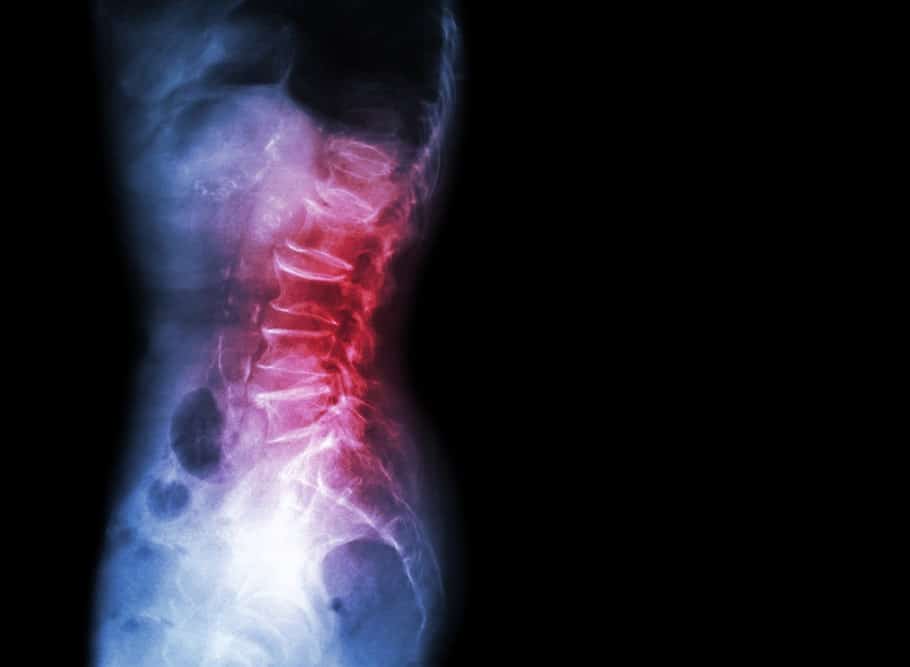
What is Spondylolisthesis?
Spondylolisthesis is a condition where one vertebra in the spinal column slips forward and out of place onto the vertebra below it. The condition can occur anywhere in the spine, but it is most common in the lower back, known as the lumbar spine. The severity of spondylolisthesis is classified using a grading system ranging from grade 1 to grade 5, with grade 1 being the mildest form and grade 5 being the most severe.
Causes of Spondylolisthesis
Spondylolisthesis can occur due to various factors, including:
- Congenital defect: Some individuals are born with a defect in their spine that can make them more susceptible to spondylolisthesis.
- Degenerative changes: As we age, our spine undergoes degenerative changes that can contribute to spondylolisthesis.
- Trauma: A sudden impact or trauma to the spine can cause vertebrae to shift out of place and lead to spondylolisthesis.
- Repetitive strain: Certain occupations or sports that require repetitive motions can cause stress on the spine, leading to spondylolisthesis.
Symptoms of Spondylolisthesis
The symptoms of spondylolisthesis can vary depending on the severity of the condition. Common symptoms include:
- Lower back pain: This is the most common symptom of spondylolisthesis. The pain can be mild or severe and can radiate to the buttocks or legs.
- Numbness or tingling: Patients may experience numbness or tingling in their legs or feet.
- Muscle weakness: Patients may experience muscle weakness in their legs or buttocks, making it challenging to perform daily activities.
Treatment Options for Spondylolisthesis
The treatment options for spondylolisthesis depend on the severity of the condition. Mild cases may only require rest, physiotherapy and pain medication. More severe cases may require surgery to stabilise that section of the spine.
Physiotherapy Treatment
If you have spondylolisthesis, a physiotherapist can help you manage your pain, improve your posture, and strengthen the muscles around the affected area. Here is what a physiotherapist can do for you:
- Stretching exercises: Stretching exercises can help improve flexibility and reduce stiffness in the muscles around the affected area. A physiotherapist can teach you how to perform stretches safely and effectively.
- Strengthening exercises: Strengthening exercises can help improve the strength of the muscles around the affected area, which can help stabilise the spine. A physiotherapist can design a personalised exercise program based on your specific needs and goals.
- Manual therapy: Manual therapy techniques such as massage can help relieve pain and improve mobility in the affected area.
- Posture correction: Poor posture can put additional stress on the spine, exacerbating the symptoms of spondylolisthesis. A physiotherapist can teach you how to improve their posture and avoid movements that can aggravate the condition.
- Education: A physiotherapist can educate you on how to manage your condition, including lifestyle modifications, ergonomic adjustments, and home exercises.
My Physio My Health
Trust our team of physiotherapists to help you recover faster and improve your quality of life.

 WISHING EVERYONE A HAPPY NEW YEAR! WE'VE RETURNED TO OUR REGULAR OPENING HOURS
WISHING EVERYONE A HAPPY NEW YEAR! WE'VE RETURNED TO OUR REGULAR OPENING HOURS